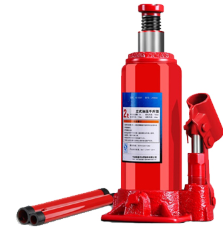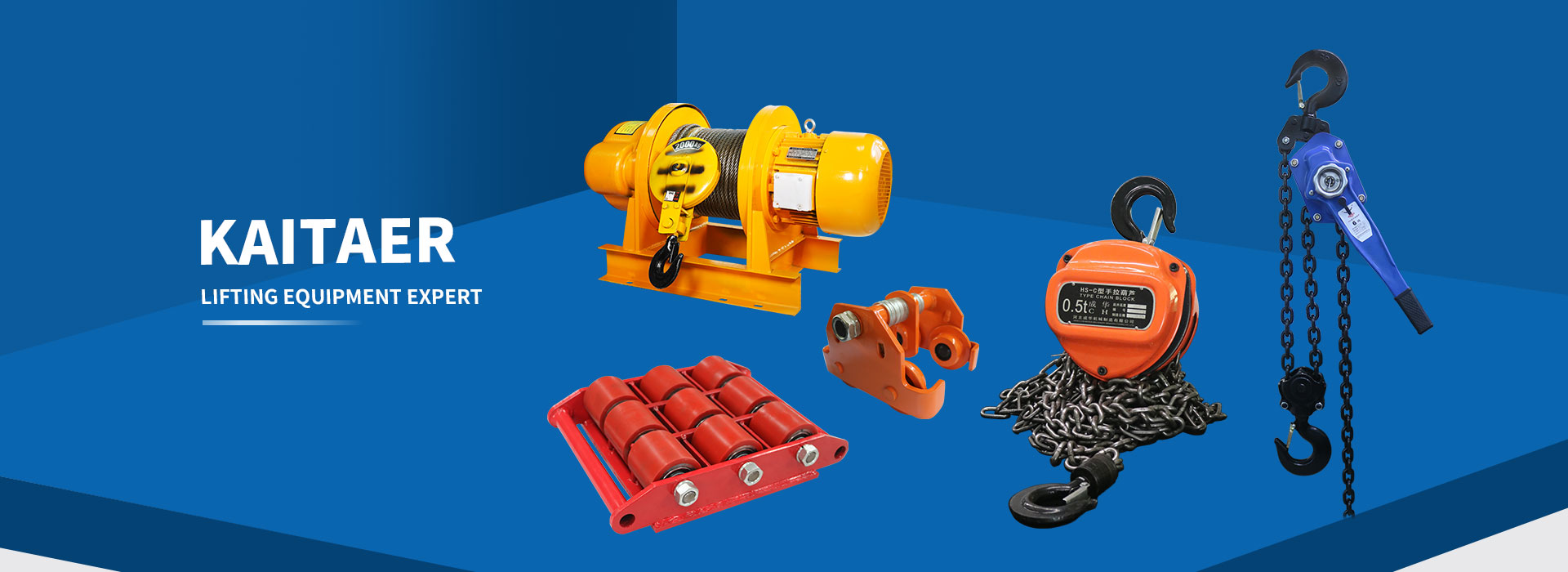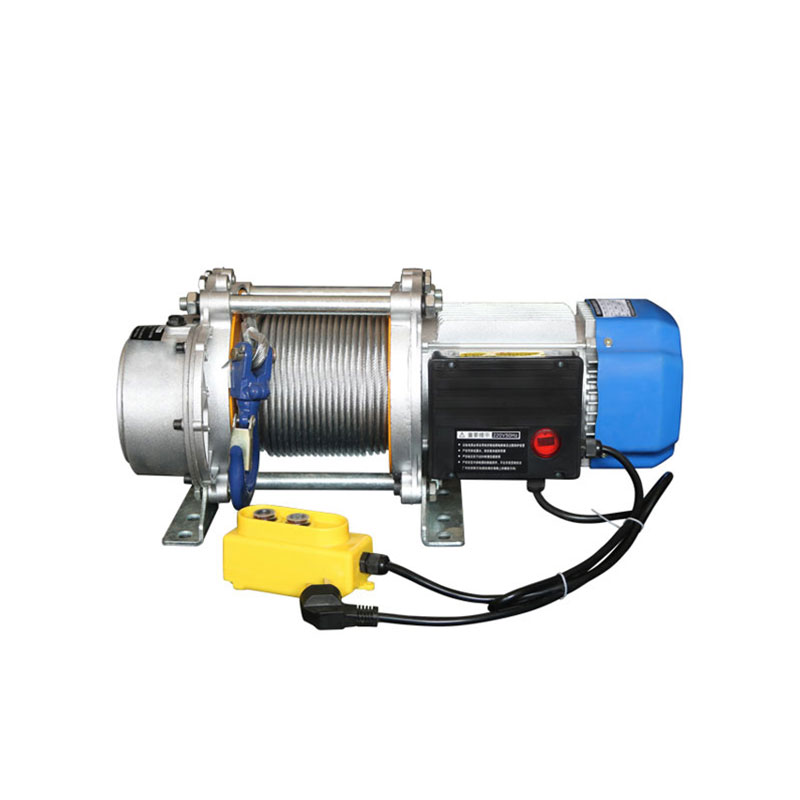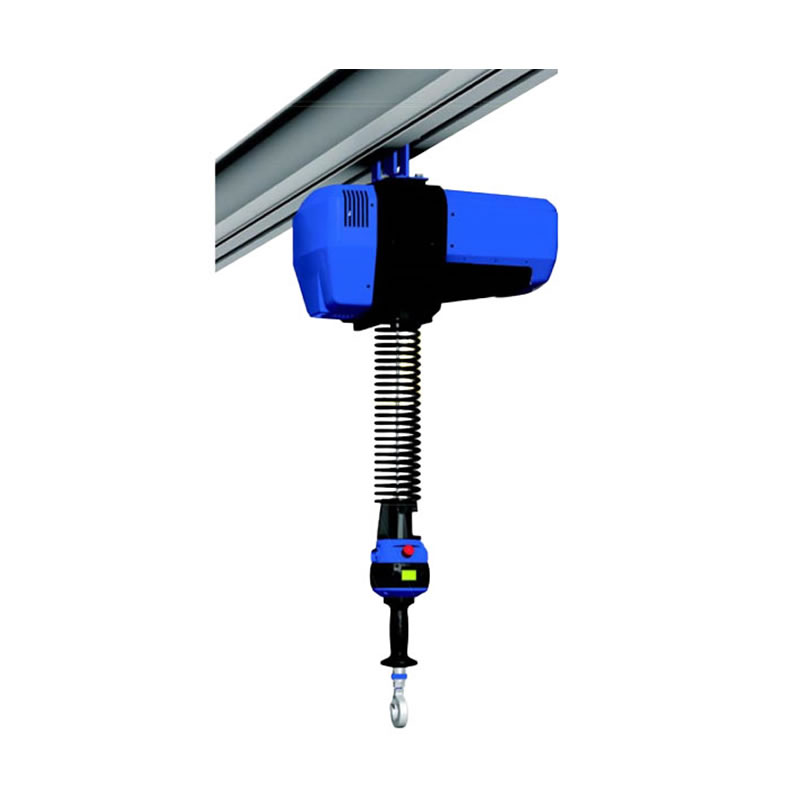Navigation
Menu Center
-
Product category
-
News Online
-
Application scenario

Contact: Manager Han
Tel:+0086 153 8402 0670
Mail:2873282030@qq.com
Add:Room 607, Deya jinzuo, Linping street, Yuhang District, Hangzhou China
What is the self-locking mechanism of hydraulic jacks
Source:China Kaitaer Official Website Release date:2025-05-17
Both hydraulic jacks and screw jacks have crucial self-locking functions. When the handle is stopped pressing, the plunger can firmly maintain its current position, resist external pressure interference, and will not descend. The self-locking of the screw jack relies on the specific deviation angle of the thread and the synergistic effect of friction; The self-locking mechanism of hydraulic jacks has another ingenious aspect.
In the self-locking principle of hydraulic jacks, the "locking mechanism" or "self-locking valve" can be regarded as the core key structure. When the jack lifts the load to the desired height, the mechanism can effectively prevent hydraulic oil from flowing back, ensuring that the jack maintains its current position. Even if the hydraulic system pressure is completely released, the load height will not change.

The locking mechanism is in the open state during the lifting phase of the jack, allowing hydraulic oil to flow smoothly into the cylinder and pushing the piston up to complete the lifting action; When the jack stops lifting and the pressure pump no longer applies pressure, the locking mechanism quickly closes, like setting a strong barrier for the return path of hydraulic oil, firmly locking the hydraulic oil in the cylinder, thereby achieving stable fixation of the jack position. It is precisely this precise self-locking mechanism that endows hydraulic jacks with excellent pressure holding performance, ensuring that they can reliably maintain load height under various working conditions.
- Last: Efficient collaboration between gantry cranes and wire rope
- Next: 没有了






